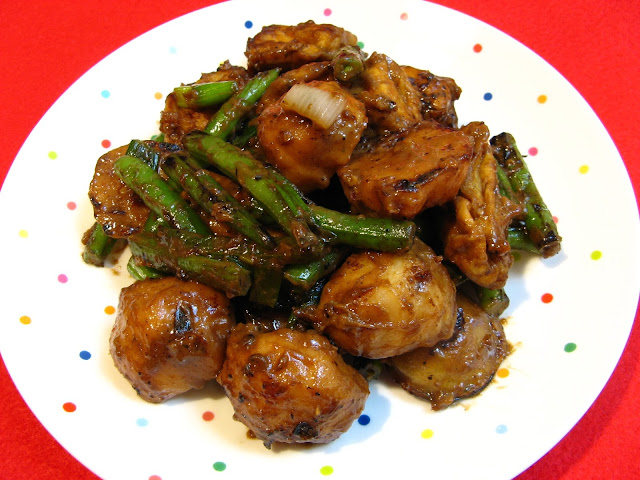Dungeness crab is now in season,
which is a treat in my part of the world. The crab was used in another dish and
there was a small amount left over, so I decided to make a noodle dish. I
originally posted this recipe: Dungeness
Crab Hong Kong Noodles (北美大肉蟹雲吞麵, Bak1 Mei5
Daai6 Juk6 Haai5 Wan4 Tan1
Min6), which was adapted the recipe from the Dungeness
Crab with Cellophane Noodles recipe at the Monterey Bay Aquarium Seafood Watch
website, and this dish is based on that recipe. This is a quick cooking dish,
and using Hong Kong noodles, in place of cellophane noodles, and shrimp which works
well with the crab. The portion size is reduced, hence the “Single Meal”
designation, and produces two servings.
Enjoy!



















